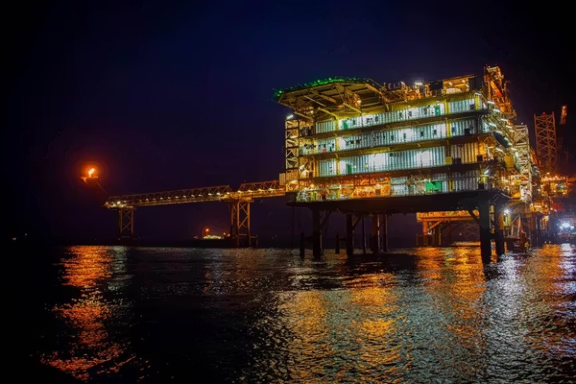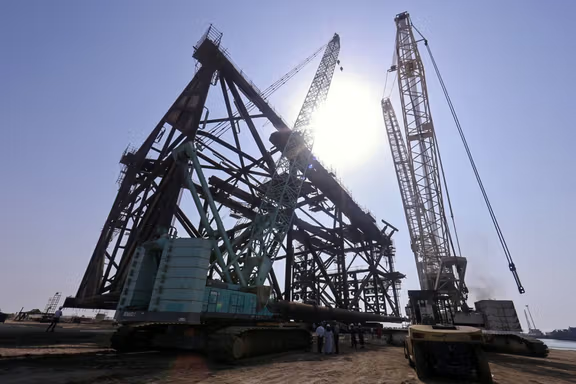When Iranian President Masoud Pezeshkian took the podium at the United Nations General Assembly last year, he presented himself as a reformist leader promising “national empathy,” constructive global engagement and an end to conflict through dialogue.
In his 2024 speech, Pezeshkian denounced Israel over its war in Gaza, accused it of genocide, and called for a referendum allowing all Palestinians -- Muslims, Christians and Jews -- to decide their future.
He stressed that Iran had never initiated a war and sought lasting peace and stability in the Middle East, while condemning US sanctions as “inhumane weapons” against the Iranian people.
He also urged full implementation of the 2015 nuclear deal, from which Washington withdrew in 2018, warning that Donald Trump’s so-called maximum pressure only deepened insecurity. “If JCPOA commitments are implemented fully and in good faith, dialogue on other issues can follow,” he told delegates, signaling openness to diplomacy.

A year later, Pezeshkian returns to New York under far darker circumstances.
In June, Israel fought a 12-day war with Iran, ending in US strikes that wrecked several of Tehran’s key nuclear sites. Iran says much of its enriched uranium stockpile now lies buried under rubble.
Months before the Iran-Israel war, the UK Parliament’s House of Commons Library said in a January 2025 report that Tehran’s regional alliances were already weakened. It said Hamas and Hezbollah had lost leaders in Israeli strikes, while Syria’s Assad government collapsed in December, leaving Iran’s network of partners militarily diminished.
Following the conflict, the European parties of the 2015 nuclear deal activated a 30-day “snapback” process at the United Nations, due to reimpose sanctions on September 28, and stoked debate in Tehran over leaving the Nuclear Non-Proliferation Treaty.
While IAEA chief Rafael Grossi says cooperation with inspectors has not been officially suspended, he acknowledged “different voices” in Iran calling for such a step.
The standoff has left diplomacy on a knife edge, with Western envoys pressing Tehran to allow inspections and restore trust as sanctions loom.
As Pezeshkian prepares to deliver his 2025 address on Wednesday, he faces mounting economic strain at home, international isolation and speculation over whether he will soften or harden Iran’s stance in the wake of war.







